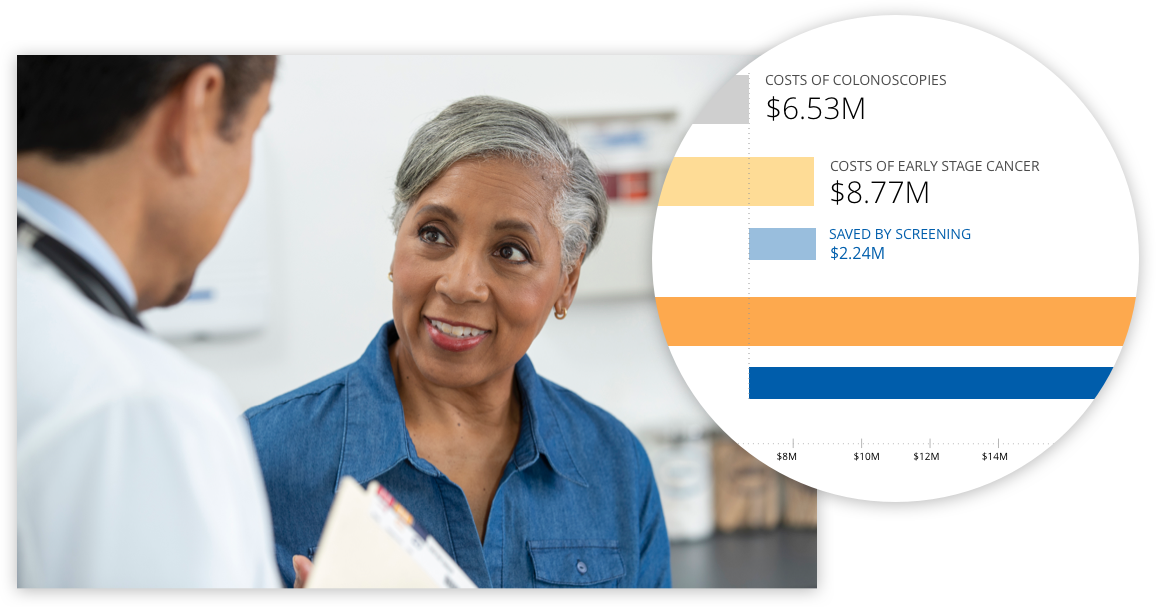Loading...
Colonoscopy Needs Calculator
This calculator is designed to estimate the number of colonoscopies your practice or healthcare system may require with a high quality stool-based colorectal cancer screening program, based on a specific patient population.


The calculator will also provide you with an estimated cost of providing colonoscopies for patients that require screening by colonoscopy either based on their personal risk or for patients that receive an abnormal result on a stool-based test. This cost can then be compared to an approximate cost to treat the estimated number of cancer cases if screening is not prioritized.
press Enter